4L80E excels in durability and torque handling, ideal for heavy-duty vehicles due to robust components.
Introduction
Through an overview, the objective is to unravel the technical aspects, characteristics, and applications that distinguish these transmissions. This understanding lays the foundation for a comprehensive comparison based on power, efficiency, cost, maintenance, and much more.
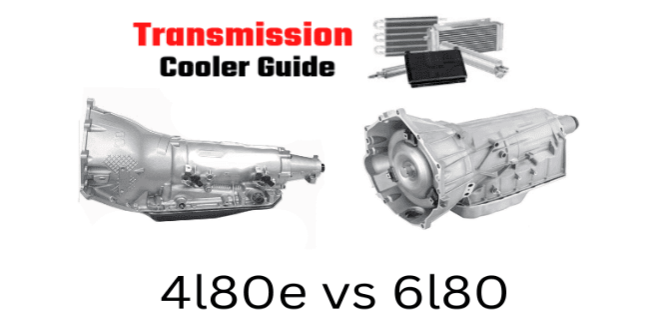
Overview of 4L60E Transmission
The 4L60E Transmission is a widely recognized model predominantly installed in light and medium-duty General Motors vehicles. Its prevalence stems from its adaptability to different vehicle sizes and types.
- Power Handling: The 4L60E is capable of handling up to 360 lb-ft of torque, making it suitable for vehicles with moderate power requirements.
- Efficiency: This transmission is known for its high efficiency, attributing to the smoother and more fuel-efficient drive.
- Dimensions: With relatively compact dimensions, the 4L60E is a preferable choice for smaller vehicles, offering minimal spatial intrusion.
- Cost: Generally, the 4L60E is more budget-friendly in terms of initial cost and maintenance expenses.
- Specifications: It operates with a four-speed overdrive, longitudinally positioned, and it incorporates an advanced electronic control system.
- Lifespan: With proper maintenance, the 4L60E can have an extended lifespan, easily surpassing the 150,000-mile mark.
Overview of 4L80E Transmission
The 4L80E Transmission, on the other hand, is an embodiment of power and durability. It is commonly incorporated into high-performance and heavy-duty vehicles.
- Power Handling: The 4L80E boasts a remarkable torque handling capacity of up to 440 lb-ft, serving vehicles with higher power demands efficiently.
- Efficiency: While it ensures optimal performance, its efficiency is generally lower compared to the 4L60E due to its construction aimed at durability and power.
- Dimensions: It possesses more substantial dimensions compared to the 4L60E, hence is more suited to larger vehicles where space is not a constraint.
- Cost: Given its enhanced capabilities, the 4L80E usually comes with a higher initial cost and maintenance expenditure.
- Specifications: This model operates with a four-speed overdrive, longitudinally oriented, designed to endure high stress and strain.
- Lifespan: The robust construction of the 4L80E promises an extended lifespan, even under strenuous conditions, often exceeding 200,000 miles with adequate maintenance.
Historical Context
The development and evolution of the 4L60E and 4L80E transmissions play a pivotal role in understanding their current specifications, features, and applications.
Development of 4L60E
The 4L60E, a derivative of the Turbo-Hydramatic 700R4, was introduced by General Motors in 1993, marking a significant leap in the evolution of transmissions due to its electronically controlled features.
- Objective and Inception: The primary aim behind the development of the 4L60E was to replace the 700R4 and to adapt to the modern needs of vehicles for improved fuel efficiency and better power management.
- Technological Advancements: The introduction of electronic controls was a monumental step forward, allowing for precise management of shift points and enabling a customizable driving experience based on individual preferences and driving conditions.
- Modifications and Upgrades: Over the years, there have been numerous modifications to improve the durability and efficiency of the 4L60E, making it a preferred choice for a wide range of vehicles.
- Applications: From its inception to date, the 4L60E has found applications in numerous models of cars, SUVs, and light trucks, solidifying its reputation for versatility and reliability.
Evolution of 4L80E
The 4L80E, an advanced and robust transmission, was developed as a successor to the TH400, aiming to meet the rising demands for transmissions capable of handling high torque levels in heavier vehicles.
- Objective and Inception: The development of the 4L80E in 1991 was fueled by the need for a transmission capable of handling the high power and torque requirements of heavy-duty vehicles and performance cars.
- Technological Advancements: Like its counterpart, the 4L80E embraced electronic controls, allowing for optimal power management, and offering adaptability to varying driving conditions and vehicle requirements.
- Modifications and Upgrades: The 4L80E underwent several enhancements aimed at refining its power handling capabilities and durability, making it a favorite for high-performance applications.
- Applications: The strength and durability of the 4L80E have seen its integration into a variety of heavy-duty vehicles, trucks, and high-performance cars, showcasing its value in demanding automotive applications.
The constant innovations and improvements in these transmissions signify the relentless pursuit of excellence in automotive engineering.
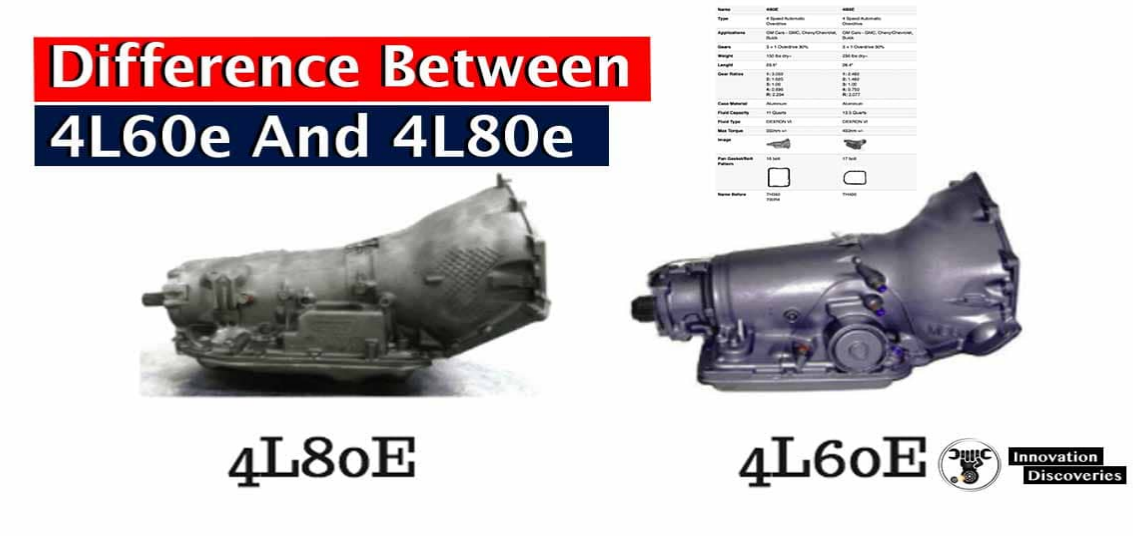
Technical Specifications
Digging deeper into the technical realm of the 4L60E and 4L80E transmissions, we will examine their key features and specifications.
Key Features of 4L60E
The 4L60E is a marvel in the world of transmissions, designed with specifications and features that make it a suitable choice for a broad spectrum of vehicles.
- Gear Ratios: The 4L60E comes with a versatile set of gear ratios; 1st: 3.06, 2nd: 1.63, 3rd: 1.00, 4th: 0.70, contributing to its adaptability to varied driving conditions.
- Torque Converter: It boasts a lock-up torque converter which enhances fuel efficiency by reducing slippage.
- Weight: The 4L60E weighs approximately 150 lbs, making it relatively lightweight and ideal for smaller vehicles.
- Electronic Controls: The integration of sophisticated electronic controls enables accurate and efficient gear shifts, providing a smooth and responsive driving experience.
- Applications: The adaptability of the 4L60E has led to its application in a myriad of GM vehicles, including Chevrolet Camaro, GMC Sierra, and Chevrolet Suburban, to name a few.
Key Features of 4L80E
The 4L80E stands out due to its robust construction and advanced features, catering especially to vehicles with high power and torque demands.
- Gear Ratios: The 4L80E possesses gear ratios of 1st: 2.48, 2nd: 1.48, 3rd: 1.00, 4th: 0.75, enabling it to efficiently manage power in heavy-duty applications.
- Torque Converter: Similar to the 4L60E, it features a lock-up torque converter, optimizing fuel efficiency by minimizing slippage in high torque conditions.
- Weight: The 4L80E, with its sturdy build, weighs around 236 lbs, making it heavier and more suited to larger, more powerful vehicles.
- Electronic Controls: Advanced electronic controls in the 4L80E facilitate precise gear shifts, allowing it to handle high power and torque levels effectively.
- Applications: The resilience and power handling capabilities of the 4L80E have seen it integrated into an array of high-performance and heavy-duty vehicles like the Chevrolet Silverado and GMC Yukon XL.
The detailed technical insights serve as a beacon for determining the optimal transmission choice based on individual requirements and preferences.
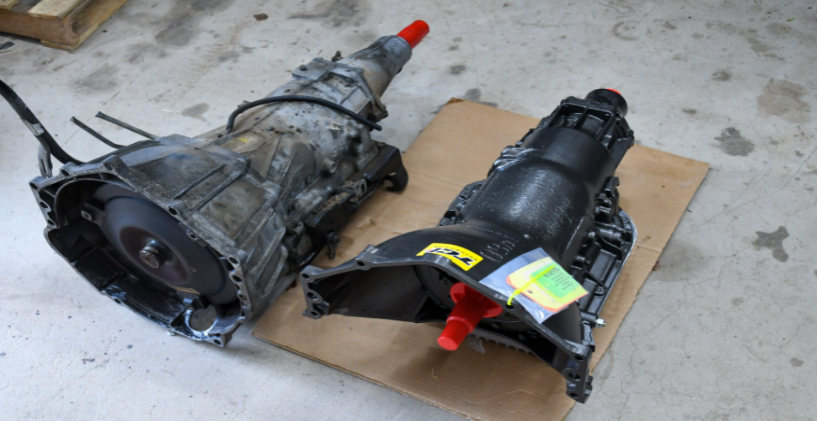
Performance Comparison
A critical and thorough comparison of the 4L60E and 4L80E transmissions necessitates an exploration of their performance in terms of power handling, efficiency, and durability. This section focuses on drawing out the nuances in their performance, allowing a prospective user or an enthusiast to make informed choices based on their specific needs and preferences.
Power Handling
Understanding the power handling capacities of the 4L60E and 4L80E is paramount in assessing their applicability to different vehicle types and driving conditions.
- 4L60E: The 4L60E excels in handling up to 360 lb-ft of torque, aligning with the needs of lighter, everyday vehicles.
- 4L80E: In contrast, the 4L80E, with its capability to manage up to 440 lb-ft of torque, is tailored for vehicles requiring high power, such as trucks and high-performance cars.
Efficiency
Efficiency is a pivotal factor, affecting fuel consumption and overall vehicle performance, and each transmission brings a different level of efficiency to the table.
- 4L60E: Known for its high efficiency, the 4L60E contributes to smoother and more fuel-efficient drives, making it a preferred choice for daily use vehicles.
- 4L80E: The 4L80E, while ensuring optimal performance in high torque situations, generally has a lower efficiency due to its focus on power and durability, suitable for specific high-performance applications.
Durability
The durability of a transmission determines its ability to withstand wear, tear, and stress, influencing its lifespan and maintenance requirements.
- 4L60E: The 4L60E, with adequate maintenance, can surpass the 150,000-mile mark, testament to its reliability and suitability for moderate usage.
- 4L80E: The 4L80E stands out with its robust construction, promising longevity even under strenuous conditions and can often exceed 200,000 miles with proper care.
Application and Usage
The application and usage of the 4L60E and 4L80E transmissions are guided by their unique features, strengths, and limitations.
Recommended Uses for 4L60E
The 4L60E with its versatile features and lightweight design is best suited for vehicles that don’t demand extreme power levels.
- Light to Medium Duty Vehicles: Given its specifications, the 4L60E is most compatible with lighter cars, SUVs, and smaller trucks, where high power isn’t a prerequisite.
- Everyday Commuting and City Driving: Its higher efficiency and smoother shifting make the 4L60E ideal for everyday commuting and city driving where fuel efficiency is often a priority.
- Performance Vehicles: While not the strongest, the 4L60E can be a good fit for some performance vehicles where a balance between power and efficiency is desired.
- Cost-Efficiency: For those working within a tight budget, the 4L60E can be the preferable option due to its lower cost of maintenance and repair.
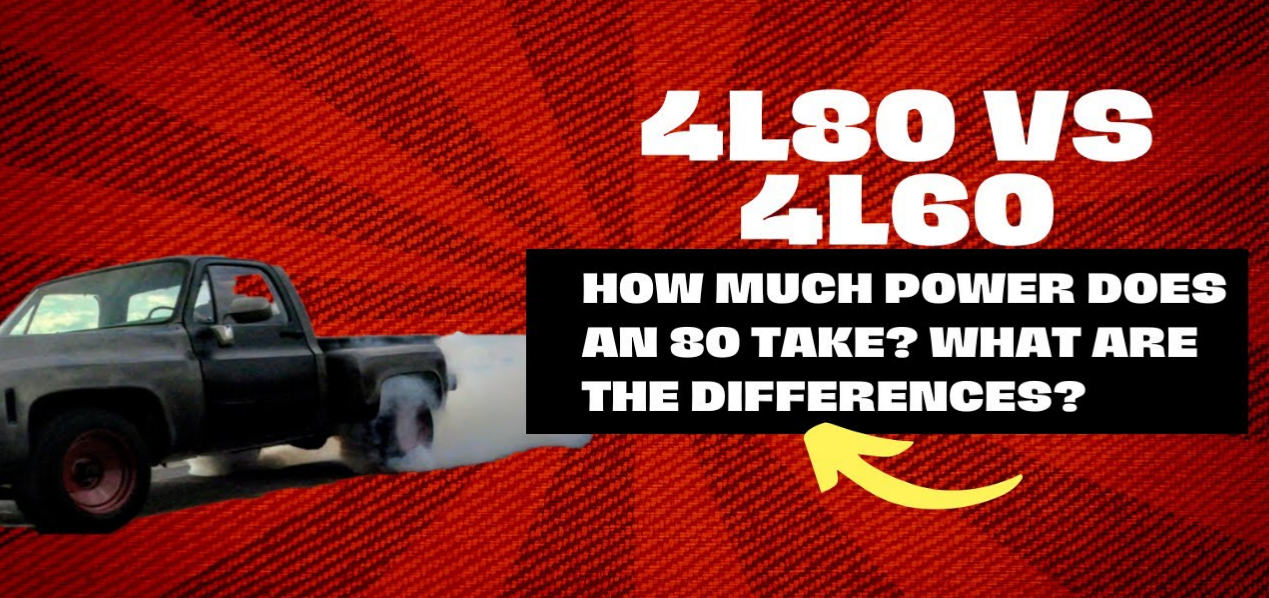
Recommended Uses for 4L80E
The 4L80E, on the other hand, with its robustness and high power handling, is intended for more specific, demanding applications.
- Heavy-Duty Vehicles and Trucks: Its capacity to handle high levels of torque makes the 4L80E an excellent choice for heavy-duty vehicles, larger trucks, and vans.
- High-Performance Cars: Vehicles designed for high-speed and performance can greatly benefit from the 4L80E’s durability and power management.
- Towing and Hauling: The 4L80E is ideal for vehicles used for towing and hauling heavy loads, thanks to its strength and reliability.
- Longevity in Harsh Conditions: Vehicles operating in challenging conditions requiring resilience and reliability will find the 4L80E to be a fitting companion, promising longevity and reduced frequency of repairs.
Maintenance and Reliability
The longevity and optimal functioning of any transmission are closely tied to its maintenance requirements and inherent reliability. This section delves into the maintenance needs, reliability concerns, and the associated implications of these two distinct transmissions.
Maintenance Requirements for 4L60E
The 4L60E requires regular maintenance to ensure its optimal functioning and to extend its lifespan.
- Fluid Changes: Regular transmission fluid changes, typically every 30,000 to 60,000 miles, are crucial to maintaining the 4L60E’s performance and avoiding wear and tear.
- Filter Replacements: Frequent filter replacements are recommended, usually concurrent with fluid changes, to keep contaminants at bay.
- Band Adjustments: Periodic adjustments of the bands in the 4L60E can help in avoiding slippage and ensuring smoother shifts.
- Cost Implications: Regular maintenance of the 4L60E is generally less costly, aligning with its application in lighter, everyday vehicles.
Maintenance Requirements for 4L80E
The 4L80E transmission, given its application in high-performance and heavy-duty vehicles, has its own set of maintenance needs.
- Regular Inspection: Due to its high-torque handling, regular inspections are essential to identify and rectify any issues early.
- Fluid and Filter Changes: Similar to the 4L60E, the 4L80E also requires routine fluid and filter changes, but given its robust nature, it might exhibit more flexibility in the intervals.
- Heat Management: Implementing adequate cooling solutions is paramount for the 4L80E, given its exposure to high stress and heat in demanding applications.
- Cost Considerations: Maintenance of the 4L80E can be more involved and possibly more costly, reflecting its advanced and durable construction.
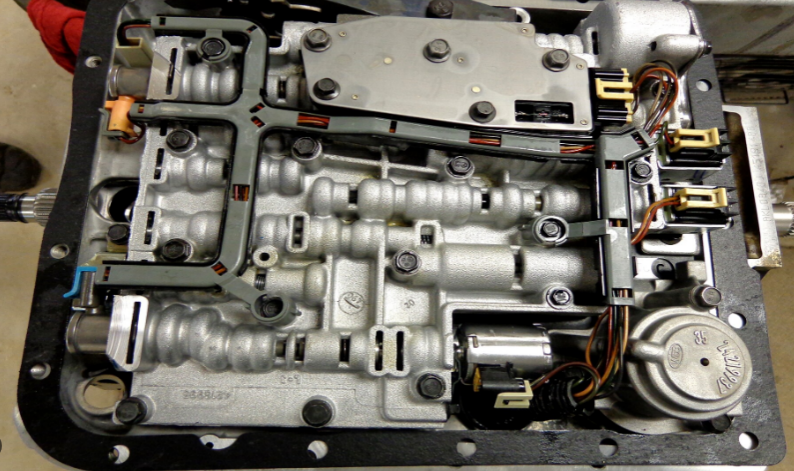
Reliability Concerns
Reliability is a significant factor when choosing a transmission, impacting the overall vehicle performance and user experience.
- 4L60E: While reliable for light to medium-duty applications, the 4L60E might face challenges under high stress and heavy loads, necessitating frequent checks and possible adjustments.
- 4L80E: The 4L80E is renowned for its reliability, especially in heavy-duty applications, with its robust design minimizing the risk of failures under strenuous conditions.
In conclusion, understanding the maintenance requirements and reliability of the 4L60E and 4L80E transmissions is pivotal for potential users.
Modification and Customization
Understanding the modification and customization potential of transmissions is vital for automotive enthusiasts and professionals who aim to optimize vehicle performance, adaptability, and aesthetic appeal. This section provides an insight into the modification possibilities and constraints associated with the 4L60E and 4L80E transmissions, and how they can be leveraged or managed to meet specific needs and preferences.
Modification Potential for 4L60E
The 4L60E transmission is known for its adaptability and is often a favorite among automotive enthusiasts for its modification potential.
- Upgrades and Enhancements: Users can implement various upgrades to improve the transmission’s power handling, such as shift kits and upgraded internals, to withstand higher levels of stress and performance demands.
- Customization Flexibility: Its compatibility with a wide range of vehicles and components allows for extensive customization options, enabling users to tailor the transmission to their specific needs and preferences.
- Cost Aspects: The modification of the 4L60E is generally more cost-effective, offering a practical option for those with budget constraints.
- Limitations: While versatile, the 4L60E does have its limitations, especially when subjected to extreme power levels, requiring careful consideration of the upgrades to avoid overstraining the transmission.
Modification Potential for 4L80E
The 4L80E stands out for its robustness and is sought after for modifications aimed at high-performance and heavy-duty applications.
- Performance Enhancements: The 4L80E can be equipped with advanced components and modifications to accommodate increased power levels and torque, ideal for high-performance applications.
- Compatibility and Integration: Its construction allows for integration with advanced systems and components, extending its adaptability to different vehicle types and performance requirements.
- Investment Considerations: Customizing the 4L80E might necessitate a more substantial investment due to the advanced and specialized modifications and components involved.
- Operational Robustness: The enhancements do not compromise the 4L80E’s inherent durability and reliability, maintaining its operational robustness even under modified conditions.
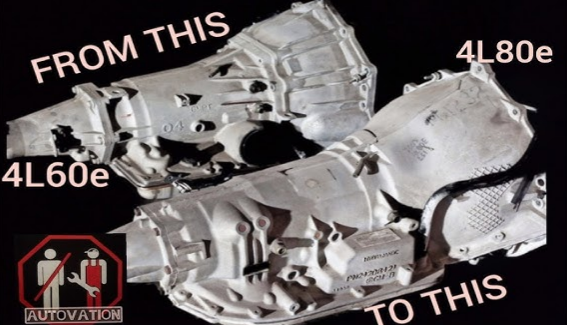
Cost Analysis
A comprehensive cost analysis is crucial when considering the purchase and installation of transmissions, such as the 4L60E and 4L80E.
Initial Cost and Installation
For those considering the 4L60E, it is generally recognized as the more economical choice for initial purchase and installation.
- 4L60E Pricing: The average price for a new 4L60E transmission is approximately $1,200 to $2,200, depending on the specific model and any additional features or enhancements.
- Installation Expenses: Installation costs for the 4L60E typically range from $300 to $500, contingent on the labor rates of the chosen service provider and the complexity of the installation process.
- 4L80E Investment: In contrast, acquiring a new 4L80E typically demands a higher financial outlay, with prices usually falling between $2,000 and $3,000.
- Assembly Charges: The assembly of a 4L80E is comparatively more complex and might incur installation fees between $500 and $700.
Operating and Maintenance Costs
Beyond the initial investment, it’s crucial to consider the ongoing operating and maintenance expenses to ensure the longevity and optimal performance of the transmission.
- 4L60E Operational Expenditures: Operating the 4L60E may involve lower fuel consumption due to its lighter weight and optimized efficiency, potentially leading to cost savings over time.
- Maintenance Budget: Regular maintenance for the 4L60E, such as fluid changes and inspections, typically incurs relatively moderate costs, adding to its overall economic advantage.
- 4L80E Operating Costs: While the 4L80E is renowned for its durability and power handling, its heavier build may result in higher fuel consumption, impacting long-term operating costs.
- Upkeep Expenses: The robustness of the 4L80E might translate to less frequent but potentially more specialized and hence, more costly maintenance requirements.
Summary of Findings
Through the meticulous examination of the 4L60E and 4L80E transmissions, several critical findings have been observed.
- Economic Perspective: The 4L60E transmission is economically efficient, having lower initial, operational, and maintenance costs, making it a suitable choice for individuals with budget constraints.
- Performance: The 4L80E, with its ability to handle higher power and torque, stands out in terms of performance, especially for heavy-duty applications.
- Durability and Reliability: While the 4L60E is reliable within its operational limits, the 4L80E surpasses it in terms of durability and reliability, particularly under strenuous conditions.
- Modification Potential: Both transmissions offer substantial modification potentials; however, the versatility and robustness of the 4L80E make it a preferred choice for customization enthusiasts seeking advanced modifications.
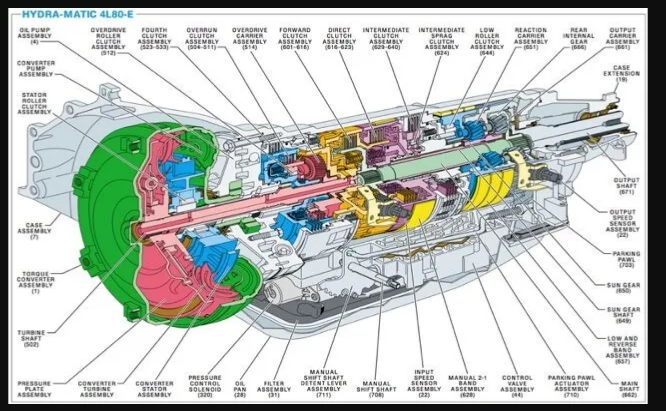
Final Verdict
Choosing between the 4L60E and the 4L80E is largely contingent on individual needs, preferences, and intended applications.
- For Economic Efficiency: If priority lies in economic efficiency and the intended usage is relatively light to moderate, the 4L60E would be the optimal choice due to its lower costs and adequate performance.
- For Heavy-Duty and Performance-Oriented Applications: If the emphasis is on superior performance, durability, and reliability, particularly in heavy-duty and strenuous environments, the 4L80E emerges as the clear winner, despite the higher associated costs.
In essence, it’s crucial to weigh the merits and demerits of both transmissions in alignment with individual requirements, usage scenarios, and budgetary allowances, to arrive at a decision that best serves one’s interests and needs. The verdict is not about the absolute superiority of one over the other but about which transmission aligns better with the user’s unique circumstances and preferences.
